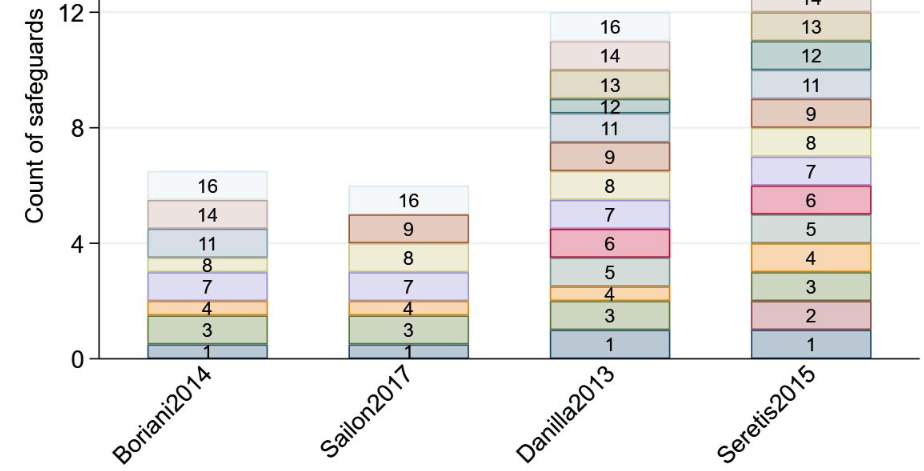Metabolic aspects of surgical subcutaneous fat removal: An umbrella review and implications for future research
DOI:
https://doi.org/10.17305/bjbms.2022.8175Keywords:
Surgical subcutaneous fat removal, body contouring surgery, metabolism, insulin resistance, inflammation, adipokinesAbstract
Although obesity is a preventable disease, maintaining a normal body weight can be very challenging and difficult, which has led to a significant increase in the demand for surgical subcutaneous fat removal (SSFR) to improve physical appearance. The need for SSFR is further exacerbated because of the global rise in the number of bariatric surgeries, which is currently the single most durable intervention for mitigating obesity. Fat tissue is now recognized as a vital endocrine organ that produces several bioactive proteins. Thus, SSFR-mediated weight (fat) loss can potentially have significant metabolic effects; however, currently, there is no consensus on this issue. This review focuses on the metabolic sequelae after SSFR interventions for dealing with cosmetic body appearance. Data was extracted from existing systematic reviews and the diversity of possible metabolic changes after SSFR are reported along with gaps in the knowledge and future directions for research and practice. We conclude that there is a potential for metabolic sequelae after SSFR interventions and their clinical implications for the safety of the procedures as well as for our understanding of subcutaneous adipose tissue biology and insulin resistance are discussed.
Citations
Downloads

Downloads
Additional Files
Published
Issue
Section
Categories
License
Copyright (c) 2022 Saif Badran, Suhail A. Doi, Moustapha Hamdi, Atalla Hammouda, Sara Alharami, Justin Clark, Omran A. H. Musa, Abdul-Badi Abou-Samra, Abdella M. Habib

This work is licensed under a Creative Commons Attribution 4.0 International License.









